This is a free fortnightly newsletter about the New Zealand Net.
If you would like to be notified by email when a new edition is published, please subscribe here.
Browse our Newsletter Archive and List of Net Tips.
Featured key
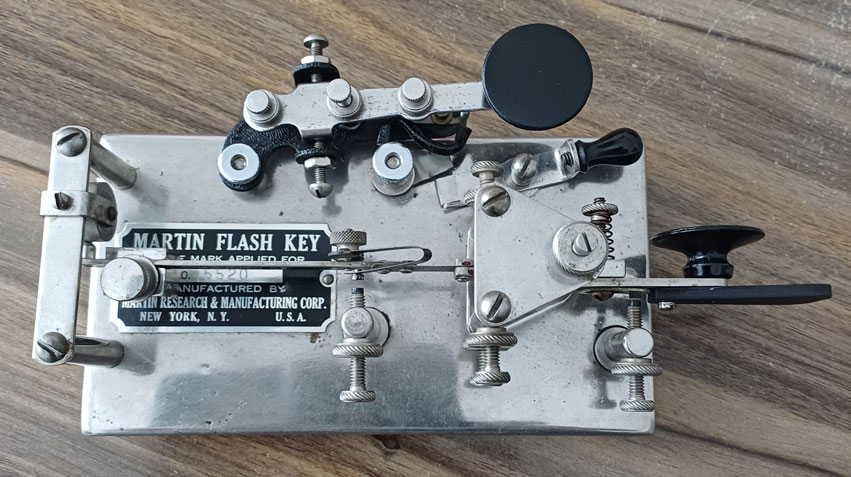
By Herman VK2IXV
This is my recently acquired 1938 Martin Flashkey Professional #6 with piggy-back straight key.
In 1938, two sons of Horace Greeley Martin (inventor of the Vibroplex bug) joined with three investors to form the Martin Research and Manufacturing Corporation (MR&M), located at 233 Broadway, New York, NY.

Straight key for attachment to the side of a Morse Flash Key bug
MR&M didn’t last long. In December 1939, MR&M sold out to the JH Bunnell Company, a leading US manufacturer of telegraph keys.
Not many Martin Flash Keys were made. Serial numbers seem to range from around 5000 to over 6000. MR&M made four models only. Mine is clearly a clone of the 1926 Vibroplex Lightning bug. The small 9cm long piggyback hand-key can be attached or removed from the bug’s terminals.
Quick notes
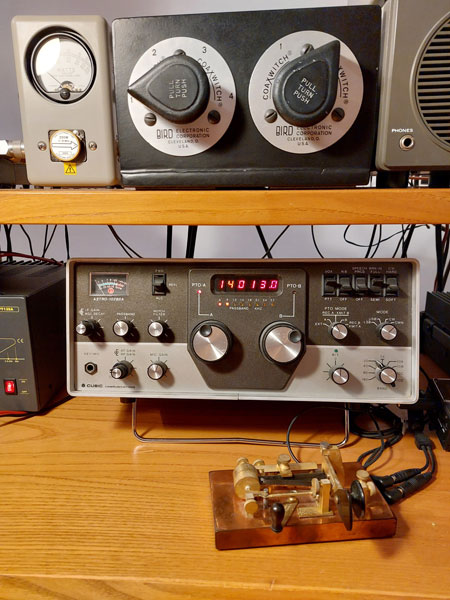
Heavy rain and flooding around Moteuka caused significant damage in the past few days. Fortunately, there was no serious damage at the home of net member Barry ZL2LN, although his ran gauge recorded 160mm in 48 hours, so the ground got pretty saturated.
New Zealand’s annual Memorial Contest is this weekend, from 0800 to 1100 UTC both evenings on 80 metres. In recent years, there have been fewer and fewer entries in the CW-Only categories (100-watt and 5-watt) so if you want to have a go, you may find very little competition. Be sure to take a break at 9pm to check into the NZ Net! 🙂
Morse Mania, organised by Chris VK3QB and featured in NZ Net News 161, is expanding to include 80m as well as 40m, due to propagation challenges at the moment.
Another effort to stimulate CW contacts is being promoted by the International CW Council. Called “Top 9”, it aims to get stations chatting in the top 9 kHz of the CW sub-bands (so, for us in NZ, it’s the Region 3 band plan). Contacts can be made at any time and longer QSOs are worth more points. Submit your monthly scores online during the first nine days of the following month.
FOC Old School Day is a boat-anchor event happening 0000-2359 UTC, today Saturday 5 July. Our friend Gian IK4EWX will be using his Mecograph and Cubic Astro 102BXA (pictured).
FOC Bug Day will be held 0000-2359 UTC, Saturday 19 July. So you have two weeks to get that bug first into shape. 🙂
Here’s some advice on using your New Zealand cellphone in an emergency.
Photo flashback
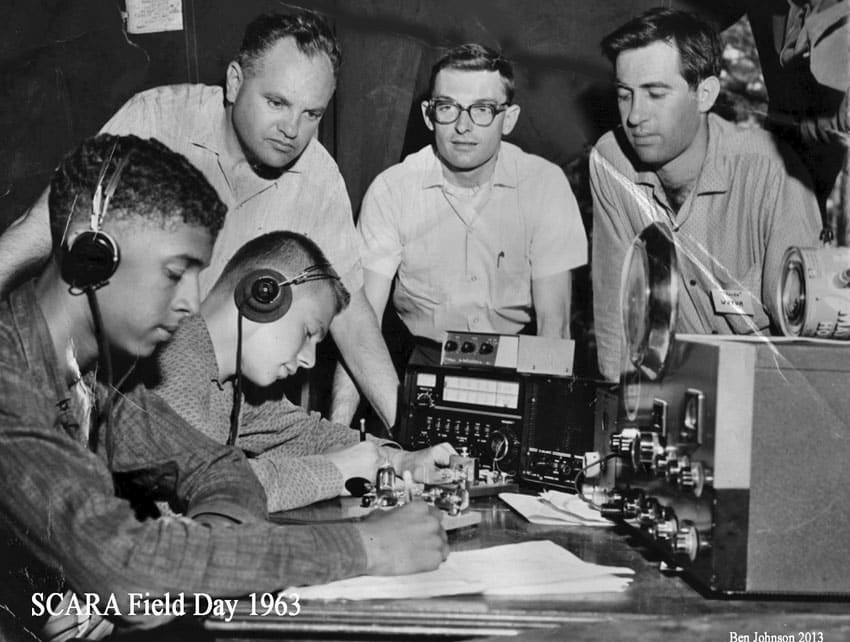
Photo: NE2R
Ben NE2R, who is seen at the left of this photo which he posted on Facebook, says:
“I was licensed as WN2GUK in March 1963, then upgraded to WB2GUK (General class) the following month. The photo shows my first Field Day, in 1963, with WA2WLN (now AB1T) who was very proficient at CW. I followed his lead and CW has been his and my only mode of operation.”
How about that beautiful “portable” gear? From the left: Drake 2B receiver with matching 2BQ speaker/Q-multiplier, Heathkit VF-1 VFO and a Johnson Viking II transmitter. Plus two bugs. A very serious CW setup for sure.
Net numbers

All our net stats for June were identical to May numbers. I thought I had made a mistake until I double-checked!
NR17 R ZL1NZ 39/36 AUCKLAND 0900Z 1JUL25 = NZ NET = JUN QNI VK3DRQ 29 VK4PN 18 ZL1ANY 30 ZL1BDS 14 ZL1NZ 30 ZL1PX 24 ZL2GD 10 ZL2KE 13 ZL2LN 17 ZL2WT 4 ZL3RX 3 ZL4AA 1 ZL4GW 20 ZL4KX 24 ZL4LDY 14 TOTAL 251 QTC 18 = ZL1NZ
Strange signals on 40
Grant ZL2GD has been trying to find the source of some mysterious signals on 40m, such as the one he recorded above.
You can hear these signals on 7041.5, 7048.5, 7063.0 and 7070.0 kHz. They are strongest in the morning, and generally disappear by late afternoon.
Although they sound a bit like CW, each of these signals is half of an F1B (FSK) transmission. In other words, there are two transmissions, with centre frequencies of 7045.0 and 7066.5 kHz and they are both using a 7 kHz shift at 20 baud.
The transmissions were first noted in April and are now heard daily.
Grant has been informed that IARU is investigating and we should expect to see some information about these transmissions in a forthcoming Intruder Watch Service Region 1 monthly newsletter.
Mugshot
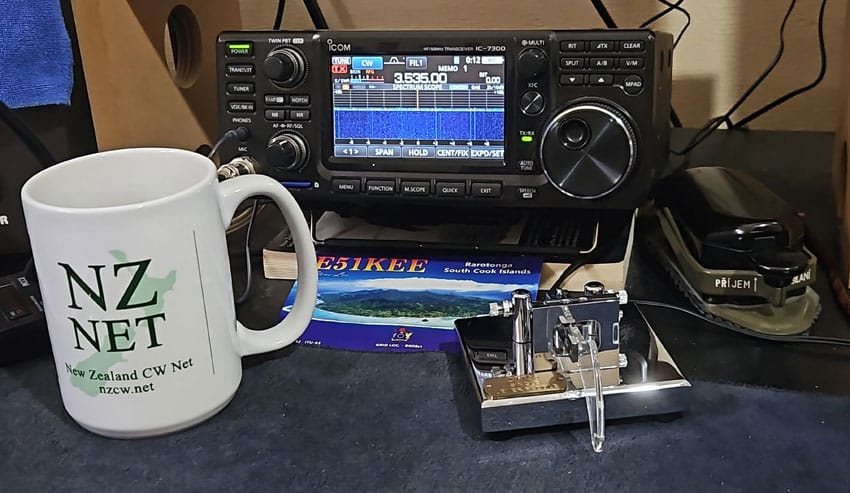
Here’s an NZ Net coffee mug at ZL2KE. Steve very kindly organised the coffee mug project and I know lots of us have taken the opportunity to get one. We have featured many of them in recent editions of NZ Net News. If you have one that has not yet been featured in the newsletter, please email a photo to ZL1NZ.
Net tip: QNN
We continue our look at Q signals with one that should, by now, be very familiar to all NZ Net operators:
QNN (callsign).
It means: “Net Control is (callsign)”, and it can be sent by any station.
Conversely, QNN? means “which station is Net Control?”
The A-Z of Q Signals
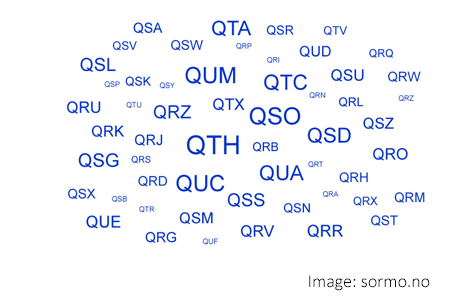
A well-run CW net is a lovely thing to experience. Communication between stations is quick and concise, and the net business is conducted with minimal time wasted.
As CW operators, we have many techniques to communicate quickly and efficiently. And if we know and use these techniques, we can often match or exceed the speed and accuracy of voice communication.
One of our most important tools is the set of Q Signals (or Q Codes), and in this series we look at the “essential” ones, in alphabetical order.
Video: Teenage CW op sets new receiving record
On Saturday, 28 June 2025 the reigning RUFZXP world-record holder Ianis Scutaru YO8YNS broke his own record in RUFZ Callsign Receiving at the Ham Radio fair in Friedrichshafen, Germany.
The new RUFZXP world record is 395,191 points, which qualified Ianis for the Guiness Book of World records.
His maximum speed during the test was 1160 cpm (Paris speed) and his minimum speed was 1030 cpm, which is still well over 200 wpm.
His performance was closely monitored by IARU international referees and Guinness Book judges and was a major attraction in the main hall of the hamfest.
Ianis previously won a gold medal at the 20th IARU High Speed Telegraphy World Championship with a record-setting maximum copy speed of 1126 characters per minute.
In the following video, some of the introductory comments are a bit hard to hear, but worth the effort, I think. And the actual record-breaking attempt is very impressive.
Advertising archive
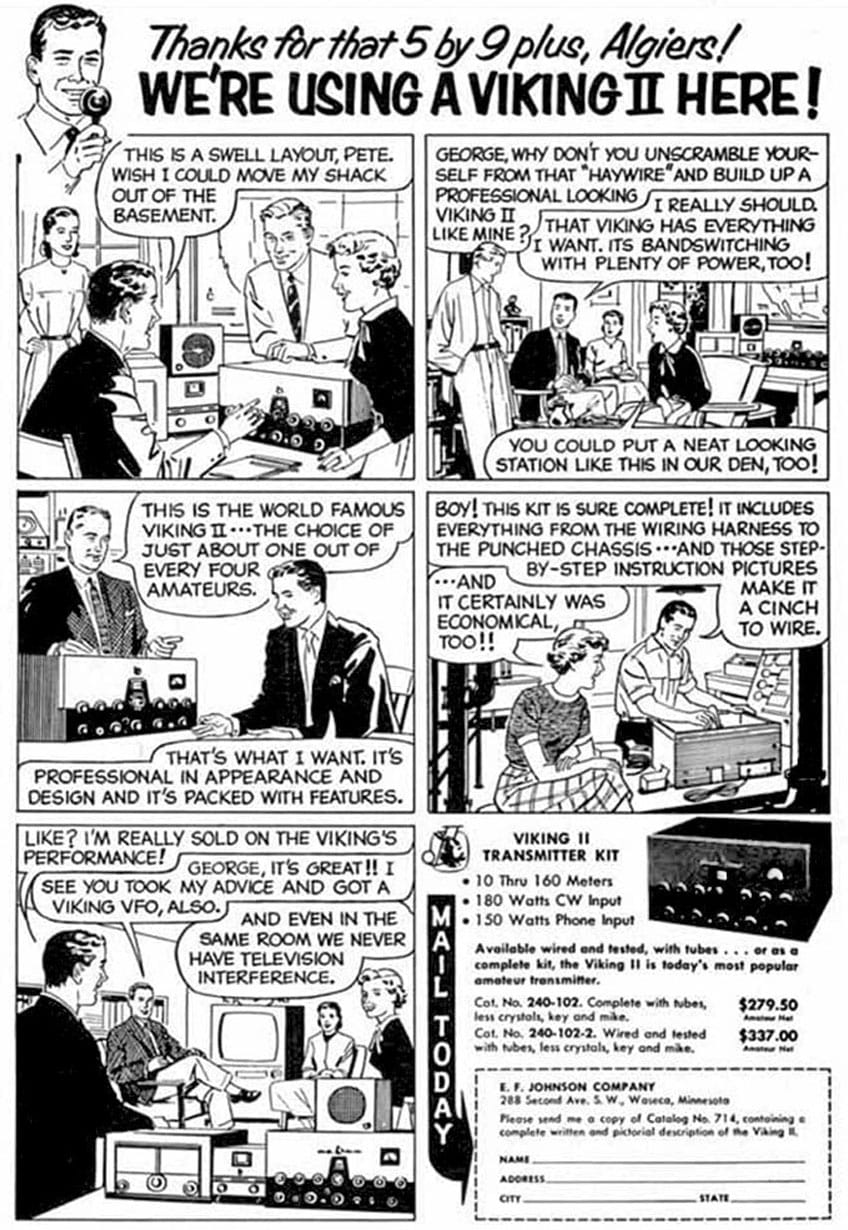
The legendary Johnson Viking II was manufactured 1952-1957. It was my first transmitter and performed extremely well on CW and AM. Since I did a lot of traffic handling, I set it up for QSK with my NC-240-D receiver. Sure wish I still had both those rigs! As for the claims of no TVI, I created plenty of it running AM on 10 metres. Fortunately for my parents, I preferred CW on 80 metres.
Suggestions?
If you have suggestions on how to make the NZ Net better, or things you’d like to see covered in these newsletters, please contact ZL1NZ. Articles and photos will be gratefully received!
Thanks for reading, and I hope to hear you soon on the NZ Net!
—
Neil Sanderson ZL1NZ, Net Manager
New Zealand Net (NZ NET)


